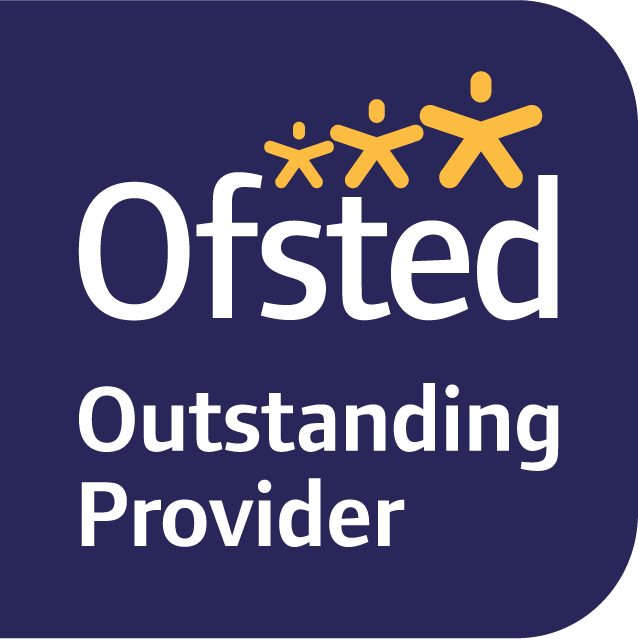_1000.png)
The Effective Leadership of Professional Development and Learning
NPQH Participant, Spring 2022
After reading the review by Cordingley et al, I decided to review our current approach to CPD using the proforma provided on Canvas. I approached this by using the key headings given in the review which range from evidence based research to well-planned cycles of CPD.
Upon this review, it was clear that we do not have a clear cycle of CPD which ensures we evaluate, address and target all of the elements in Cordingley et al’s work. The conversation with my SLT led us to reflect on our current approach as sporadic. My presentation was well received and sparked debate which in turn led to some very honest reflections. This has led us to develop a new approach to CPD which we will trial.
We outlined the challenges of this as:
- Time – how do we provide protected time so staff can fully engage with the programme?
- Motivation – how do we ensure even the most senior of staff engage with the programme/understand their own needs?
- Unpicking what are the main priorities and fully focusing on these. Moving away from the sporadic approach.
The programme
We all agreed we needed to base our CPD model on evidence based research that has been proven to have an impact. No more ‘This looks nice lets try it’. We identified two key priorities from our SDP and the CPD cycle will focus fully on these. Embedding new learning before moving to a new priority. I felt this aligned with 6.1 of the learn how statements by ground our work in evidence alongside 6.4 to ensure we have a sustainable model.
To achieve this we have made changes to the follow aspect of our CPD model:
- Feedback – We have asked staff how they would like to receive their feedback. This was rooted in the work of Brene Brown. The thought being it improves engagement in the feedback loop process.
- CPD cycle – Priorities are identified, unpicked and relevant training is planned throughout the year. For example, at least one staff meeting a term dedicated to this, opportunity for research driven approach, aligned with performance management and used to set common goals across the school community. This matched the work Alis Rocca undertook in her own school and we are in the process of developing a Strategic training plan as a result.
- Coaching model – introducing a more robust coaching model which creates a safe environment to evaluate our own practice and that of others. This has begun this term in the form of triad observations with another local school.
I was keen to use my learning to influence our approach combining the experience of other heads and the research. Darling-Hammond et al work resonated with me in that their seven strands are good benchmark as to whether we are meeting the needs of our staff and ultimately the children.
I felt following our discussion as an SLT we came to the conclusion this was an approach we could develop in our setting and over several meetings what has been described is what we have come up with. The aim is to develop these moving parts through this term and next. We will provide opportunities for feedback from the staff and involve our school improvement partner as part of this.
In order to achieve this, upon reflection, I feel I needed to draw upon elements of my learning such as Simon Sinek’s why and Kim Scott’s Radical Candor. This, accompanied by the open culture of debate I have created with my SLT has allowed the formation of what I believe is a plan which will drive school improvement.
Want to know more?
If you would like to know more about NPQs and how they can benefit your teaching career, explore the NPQs we offer or get in touch with one of our friendly advisors using the details below:
Email: npq@bestpracticenet.co.uk
Tel: +44 (0) 117 920 9200 (8.30am-5.30pm, Mon-Fri)


